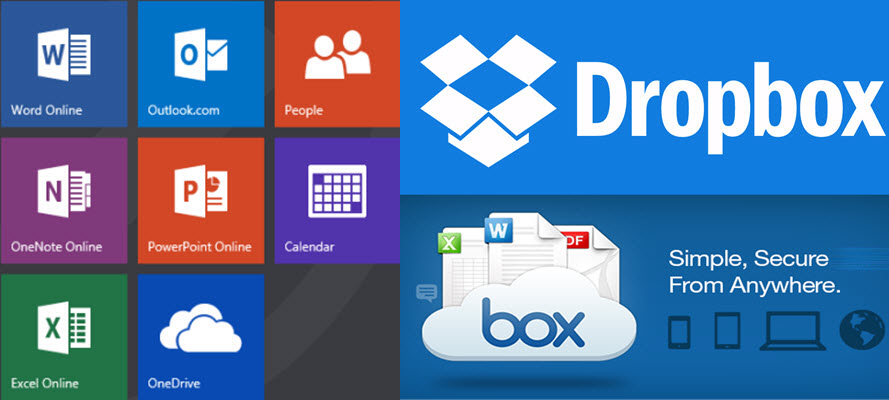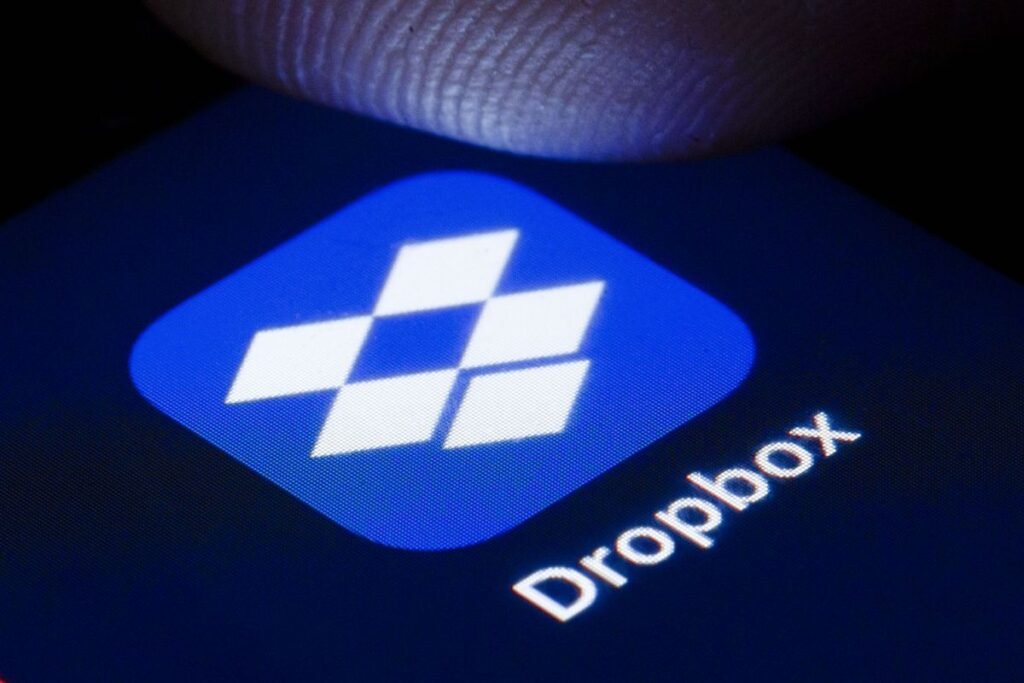
On the other hand, from multi-factor authentication options, there are many reports that FaceID sometimes doesn’t work well with 1Password. You can even enable them all and require to use the TOTP app, biometrics, PIN, and smart card – all at the same time. The kicker is that you can use several authentication options. The list includes TOTP (time-based one-time password) apps, physical authenticators, smart cards, and more. Ultimately, they have the most of all password managers. What LastPass does well are their multi-factor authentication options (you can see them in the image above). Those two might be vital if you’re a business owner. You won’t find 3rd party authenticators or USB tokens.

It’s also possible to use Windows fingerprint or Apple’s FaceID. There’s an option to send push notifications to confirm login requests via Duo Security. Aside from this secret key, it’s possible to set up two-factor authentication via authenticator apps like Authy or Microsoft Authenticator. In 1Password’s case, multi-factor security is built into the client because it requires two passwords on every new device. So 1Password is ultimately the superior choice because it locks your data behind more doors. However, the necessary secret key makes a major difference in the service’s security status. LastPass is by no means an insecure password manager, it should do the job just fine in most cases.

They also work similarly, never sending unencrypted data outside your device and decrypting it only on a device level. They use the same 256-bit AES encryption with PBKDF2 SHA-256 for master passwords. LastPass is no slouch when it comes to encryption standards. The forced secret key on login might seem like overkill, but the fact remains that it’s the most secure setup you could find among password managers. The provider even takes it one step further and adds a 128-bit secret key on top of the master password. 1Password uses industry-standard 256-bit AES encryption with PBKDF2 password hashing for the master password to make it resilient against brute force attacks. Since both 1Password and LastPass are market leaders, there are no real surprises in encryption.


 0 kommentar(er)
0 kommentar(er)
